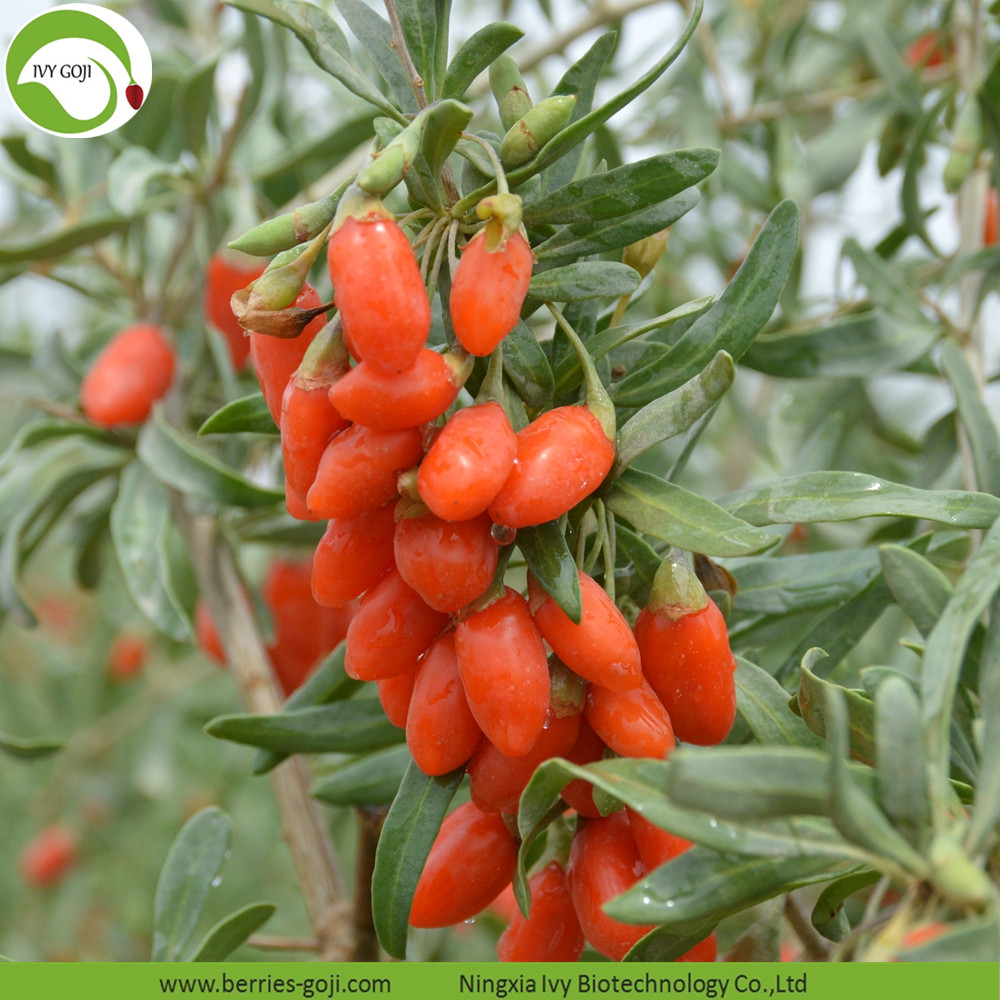Reasons and prevention of radish's dilemma and cleave Radical roots such as decentralization and bending, as well as the formation of roots and cracks in the fleshy roots are common problems in production and affect important issues of yield and quality. Radishes have two roots on their fleshy roots, and these lateral roots do not inflate under normal cultivation conditions. However, under special conditions, lateral roots can expand, resulting in two or more decentralized results. When the tillage layer is too shallow, the growth of the roots of the fleshy roots is hindered and the fleshy roots are bent or deformed. 1. Soil condition: In the soil mixed with hard stones such as stones and bricks, or mixed fertilizers, such as plastic film and glass, it will prevent the normal extension and expansion of straight roots, and it will not affect the elongation of meat roots. In the main body, when the main root hits the above material, the extension is hindered, causing the lateral roots to swell and form weights or bends. Radish root swelling requires good soil aeration and high oxygen content. If the amount of irrigation water is too large or the soil moisture content is too high, the ventilation is poor, and the physical extrusion will inhibit the main root hypertrophy, and the late root enlargement of the soil When the ventilation condition is slightly improved, the lateral roots are enlarged, forming a "beard-like" lateral root. Soil compaction, too shallow tillage layer, and heavy soil texture can also interfere with the normal expansion of the fleshy root, causing roots or bending. Under normal circumstances, the ratio of deformed roots is longer for long-type varieties than short-type varieties. 2, fertilization conditions in the cultivation of radish in the application of a large number of uncommittered compost, livestock manure and other organic fertilizers or topdressing urea, ammonium bicarbonate and other fertilizer concentrations are too high, it is easy to cause deformed roots. This is because when the tip of a radish root encounters a compost that is being fermented, a livestock urine or a chemical fertilizer with a high concentration, it tends to die, break, or grow. Love inhibits, and cannot continue to elongate. Lateral root expands to form a root. Or bend the root. In addition, during the period of fleshy root enlargement, topdressing with excessive nitrogen fertilizers results in luxuriant leafy foliage, which is not conducive to the enlargement of fleshy roots, and it is also easy for the lateral roots to swell or the main roots to bend to form roots or curved roots. 3, temperature conditions Spring radish sowing date is generally from November to next April, coincides with winter and spring season, the temperature, the ground temperature are low, especially in the 15 cm below the cultivation layer is difficult to artificially increase the ground temperature, in case of continuous irrigation, soil porosity decreased , Soil compaction, easy to form permafrost layer, resulting in broken radish broken after the main root of bad, affecting the middle and lower fleshy root enlargement, the formation of deformed roots. Therefore, one month before sowing, the shed film should be fastened first, then the plough layer should be deep-lifted, the water poured after pouring, and the mulch film should be covered. This can solve the contradiction between water and temperature and ensure the normal growth of spring radish. 4, soil pests and other soil in the underground pests if the bite of the radish root inhibited the growth of straight roots will also cause lateral root enlargement, occurrence of childbirth or deformity. Improper cultivation and management can also lead to malformed roots. For example, in some varieties where fleshy roots are grown, it is more prone to branching and bending than to dense planting. In terms of management, the side of the hypocotyls that hit the seedlings often forms mild roots. Prevention of malformation roots Main measures: The cultivation plot should be selected for deep soil, no hard objects such as gravel, bricks and tiles, well-drained sandy loam, deep plowing, fine soil preparation, and removal of used agricultural film; fertilization should be uniform, organic fertilizer To fully decompose, topdressing fertilizer should be appropriate; irrigation appropriate, do not cause soil water or soil compaction; seedlings, cultivators, weeding and other operations should be serious, do not cause mechanical damage to the seedlings; to prevent soil pests in time, before sowing Apply soil pesticides.
Goji Berry for EU market, products also come from organic management controlled planting bases, only these goji berries are available to be EU compliant.
Modern pharmacology study proves goji berry can adjust the body's immune function, can effectively inhibit tumor growth and cell mutation and anti-aging, anti-fatty liver, regulate hematic fat and blood sugar, promote hematopoietic function, etc, and applied in clinical.
Eu Standard Goji Berries,Low Pesticide Dried Goji Berry,Medicinal Goji Berry,High Standard Goji Berry NINGXIA IVY BIOTECHNOLOGY CO.,LTD , https://www.berries-goji.com
